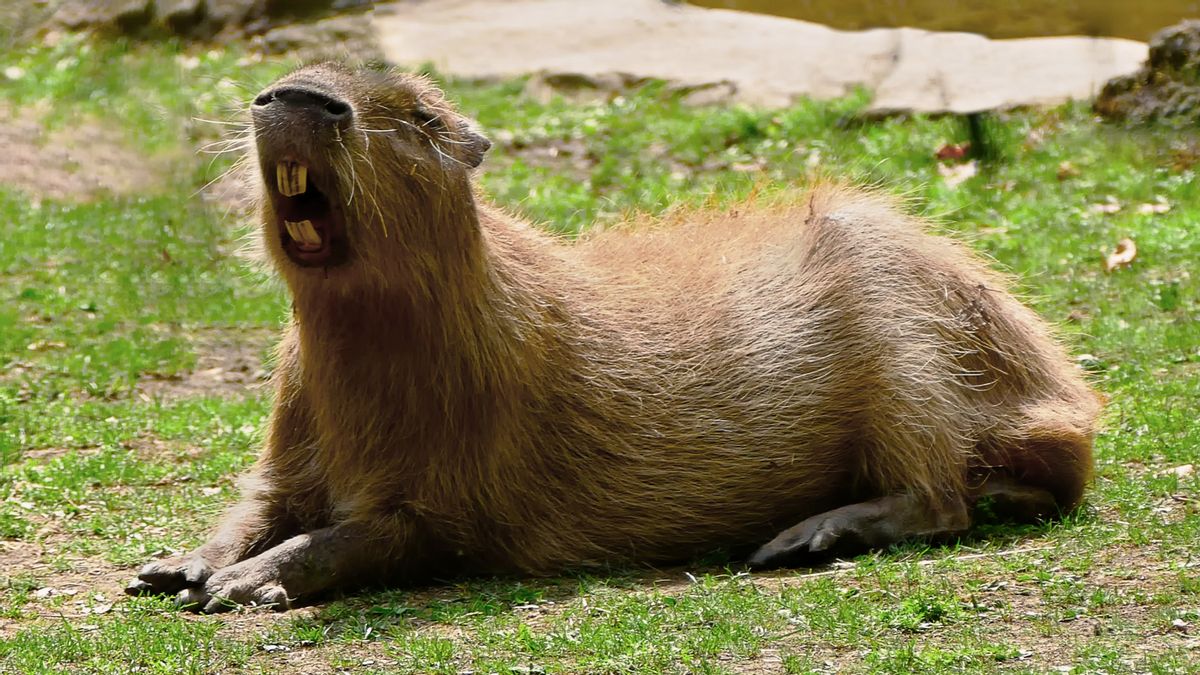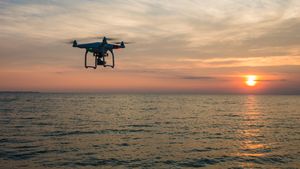JAKARTA - A female kapitibara at the Florida zoo is part of a breeding program to increase the population of large South American squirrels.
Iyari, 10 months old, was sent to the Palm Beach Zoo & Conservation Society in May from the San Diego Zoo Wildlife Alliance.
He is in the habitat of a mixed species with several tapirhals, which live in similar habitats in South America.
While zoo workers slowly introduced it to the 2-year-old male captain in the park, Zeus.
"We think there is a little love in the air," said the animal curator at the Palm Beach Zoo, Mike Terell.
"Every time they look at each other from afar, we look at their eyes like, 'Hey, I want to get along with them even longer. So everything is currently very positive," he said.
Iyari's move to South Florida began with recommendations from the Zoo and Aquarium Association. The organization manages the total population of capibaria and other animals at each AZA facility, with the understanding of the animal's genetics likely to contribute to the wild population in the future.
SEE ALSO:
Capibara's gestation period is about five months with an average of four children.
Palm Beach Zoo officials are not sure when the baby kapitbara will be born. Terrell said it would all depend on how long it took Iyari and Zeus to get to know each other.
The Capibara is the largest patient species in the world, and looks like a giant Guinea pig.
They live in savannas and dense forests near the waters. They are a social species, usually found in groups of dozens of people, but sometimes up to 100.
The English, Chinese, Japanese, Arabic, and French versions are automatically generated by the AI. So there may still be inaccuracies in translating, please always see Indonesian as our main language. (system supported by DigitalSiber.id)


















